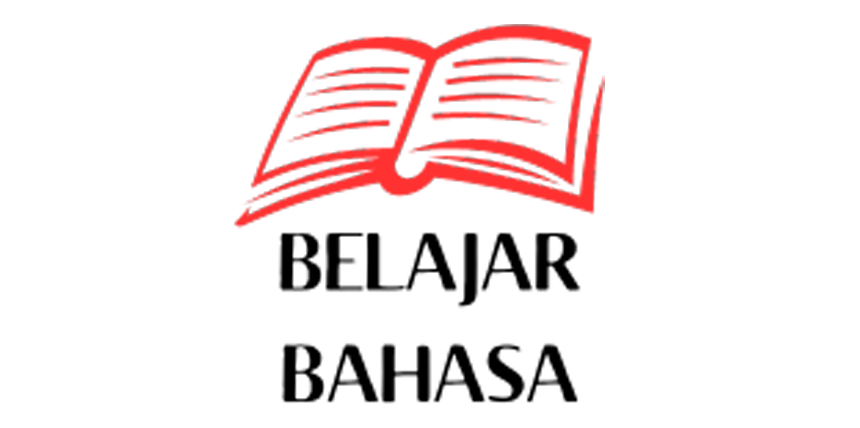| Streptomyces halstedii | ||||||||||||
|---|---|---|---|---|---|---|---|---|---|---|---|---|
| Systematik | ||||||||||||
| ||||||||||||
| Wissenschaftlicher Name | ||||||||||||
| Streptomyces halstedii | ||||||||||||
| (Waksman & Curtis 1916) Waksman & Henrici 1948 |
Streptomyces halstedii ist eine Bakterienart. Sie kann für den Abbau von Xylan, Bildung von Vitamin B12 und verschiedenen Antibiotika genutzt werden.[1][2][3]
Merkmale
Streptomyces halstedii bildet weit verzweigte Substrat- und Luftmyzelien. Die Sporen treten in Kettenform auf. Die Sporenketten sind überwiegend gebogen, aber viele Haken und einige unregelmäßige Windungen, die der Morphologie von Rectiflexibiles ähneln, werden auf Hefe-Malz-Agar und Glycerin-Asparagin-Agar gebildet.[4] Vom rectiflexibilen Typ sind Sporenketten, die gerade oder gebogen sind und teilweise in Faszikeln auftreten.[5] Die Sporenketten bei Streptomyces halstedii sind kurz, 3–10 Sporen pro Kette. Die Sporenbildung kann gering sein, insbesondere auf Haferflockenagar. Die Oberfläche der Sporen ist glatt.[4]
Stoffwechsel und Wachstum
Streptomyces halstedii ist chemoorganotroph, es nutzt organische Stoffe für das Wachstum. Es ist aerob, benötigt also Sauerstoff. Es nutzt für das Wachstum D-Glucose, L-Arabinose, D-Xylose und D-Fructose. Kein Wachstum oder nur Spuren von Wachstum treten auf Saccharose, Iso-Inositol, D-Mannitol, Rhamnose und Raffinose auf.
Nutzung
Streptomyces halstedii wird für die Produktion von Vitamin B12 eingesetzt.[6] Streptomyces halstedii produziert des weiteren verschiedene Antibiotika, wie z. B. Magnamycin B1 (auch als Carbomycin beteichnet), Vicenistatin, Deltamycin A2 und A3, Bafilomycin B1 und C1.[3][7]
Systematik
Streptomyces halstedii zählt zu der Streptomycetaceae (Stand 16. Mai 2025). Sie wurde erstmalig von Waksman und Curtis im Jahr 1916 beschrieben.[8]
Einzelnachweise
- ↑ Microbial Enzymes: Production, Purification and Industrial Applications. 1. Auflage. Wiley, 2025, ISBN 978-3-527-35290-6, doi:10.1002/9783527844340 (wiley.com [abgerufen am 29. April 2025]).
- ↑ Albert Canals, M. Cristina Vega, F. Xavier Gomis-Rüth, Margarita Díaz, Ramón I. Santamaría, Miquel Coll: Structure of xylanase Xys1Δ from Streptomyces halstedii. In: Acta Crystallographica Section D Biological Crystallography. Band 59, Nr. 8, 1. August 2003, ISSN 0907-4449, S. 1447–1453, doi:10.1107/S0907444903012629 (iucr.org [abgerufen am 15. Mai 2025]).
- ↑ a b Laura Buzón-Durán, Eduardo Pérez-Lebeña, Jesús Martín-Gil, Mercedes Sánchez-Báscones, Pablo Martín-Ramos: Applications of Streptomyces spp. Enhanced Compost in Sustainable Agriculture. In: Biology of Composts. Band 58. Springer International Publishing, Cham 2020, ISBN 978-3-03039172-0, S. 257–291, doi:10.1007/978-3-030-39173-7_13 (springer.com [abgerufen am 14. Mai 2025]).
- ↑ a b Peter Kämpfer: Streptomyces In: Bergey's Manual of Systematics of Archaea and Bacteria. 1. Auflage. Wiley, 2015, ISBN 978-1-118-96060-8, doi:10.1002/9781118960608.gbm00191 (wiley.com [abgerufen am 14. Mai 2025]).
- ↑ Qinyuan Li, Xiu Chen, Yi Jiang, Chenglin Jiang: Morphological Identification of Actinobacteria. In: Actinobacteria - Basics and Biotechnological Applications. InTech, 2016, ISBN 978-953-512-248-7, doi:10.5772/61461 (intechopen.com [abgerufen am 16. Mai 2025]).
- ↑ M. Camil Rex, B. Akshaya, Lokesh Ravi, Kannabiran Krishnan: Production of Vitamin B12 from Streptomyces Species. In: Methods in Actinobacteriology. Springer US, New York, NY 2022, ISBN 978-1-07-161727-4, S. 661–666, doi:10.1007/978-1-0716-1728-1_97 (springer.com [abgerufen am 14. Mai 2025]).
- ↑ F. A. Hochstein, Kotaro Murai: Magnamycin B, a Second Antibiotic from Streptomyces halstedii. In: Journal of the American Chemical Society. Band 76, Nr. 20, 1. Oktober 1954, ISSN 0002-7863, S. 5080–5083, doi:10.1021/ja01649a020 (acs.org [abgerufen am 14. Mai 2025]).
- ↑ LPSN








